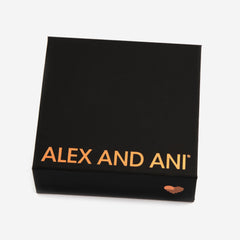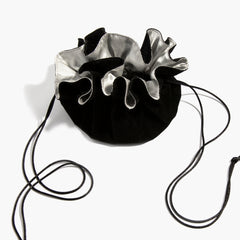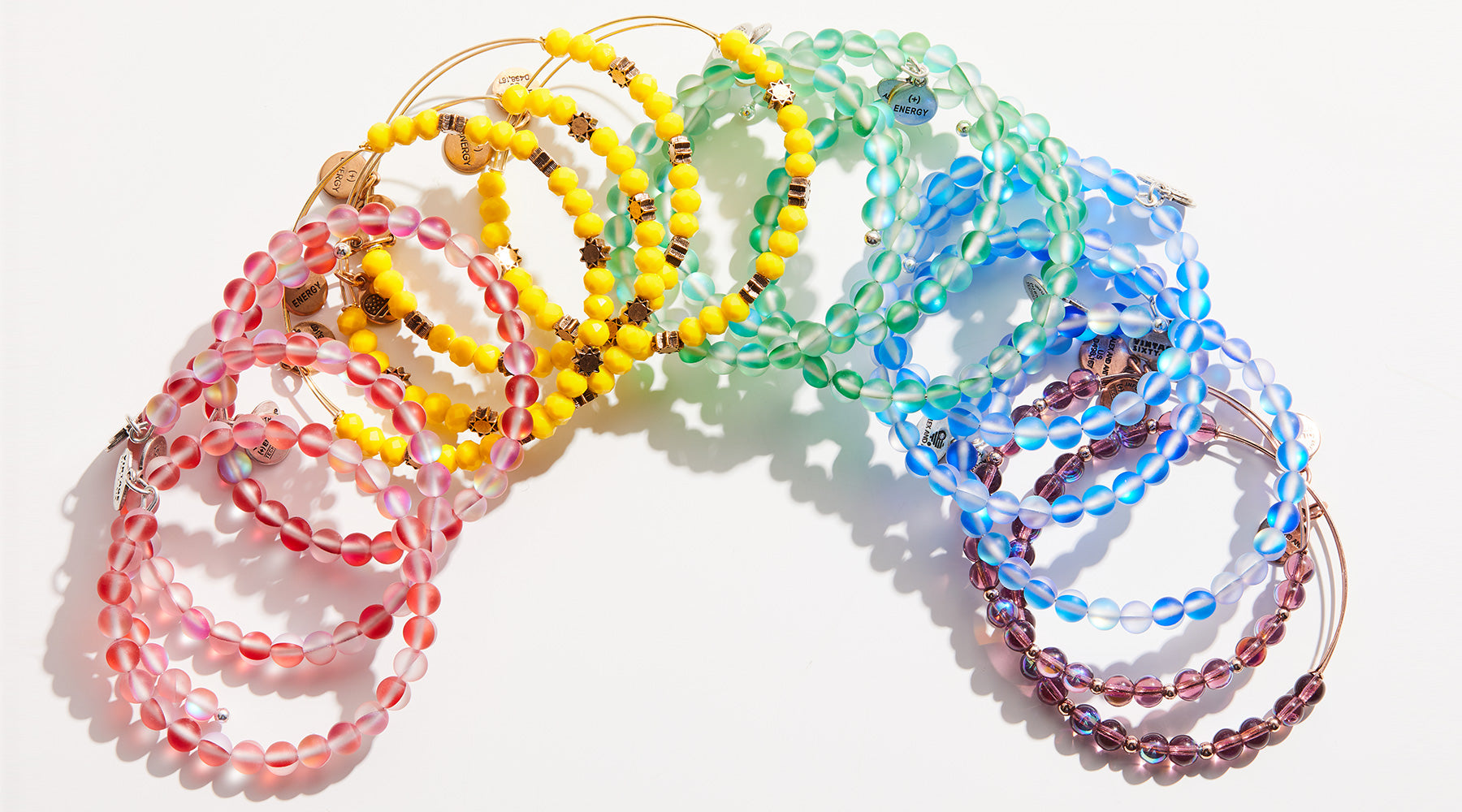Glowing above in the sunlit sky, the rainbow inspires awe in anyone who sees it, no matter if you’re seeing your first rainbow or your thousandth. But rainbows are more than just beautiful objects: they have meaning and significance that transcends time.
Colors of the Rainbow
We commonly identify seven colors in the rainbow: red, orange, yellow, blue, green, indigo, violet. In reality, scientists have identified over a million hues within a single rainbow beam. Those seven colors, though, have come to represent feelings and emotions.
Red represents passion and vitality. Orange represents endurance and perseverance. Yellow represents happiness and cheer. Green represents growth and renewal. Blue represents calmness and serenity. Indigo represents awareness and intuition. Violet represents imagination and creativity.

Historical + Cultural Significance
Since the beginning of human history, rainbows have been symbols of hope to cultures across the globe. In ancient Greek mythology, Iris is the goddess of the rainbow, connecting people to the gods. In the Bible, the rainbow was a sign from God to Noah that the great flood was over. Irish legend has leprechauns hiding pots of gold at the end of rainbows. In Chinese culture, the rainbow is a crack in the sky made by the mother goddess Nüwa.
Meaning of the Rainbow Bridge
Pets, when they pass away, are said to cross the “rainbow bridge” to wait for us until we can be reunited with them. And of course, it’s a symbol of finding a better life “somewhere over the rainbow” for Dorothy Gale in The Wizard of Oz.
Rainbow for Pride
The rainbow will always represent joy and happiness. But today, it means something more. Now, the rainbow flag is a symbol of hope and inclusion in the LGBTQ community that’s so ubiquitous it’s hard to imagine a Pride celebration without vivid banners flying overhead and outfits made from every color in the rainbow.

History of the Rainbow Flag
So it might surprise you to know that the rainbow flag has only been used for just over four decades as a Pride symbol. “The rainbow flag, which has become a universal symbol of hope for LGBTQ people around the world, first flew in San Francisco's United Nations Plaza for Gay Pride Day, on June 25, 1978,” Jacopo Prisco wrote for CNN. That flag was designed by Gilbert Baker, a gay artist and activist in San Francisco, when he was only 27. Baker had been asked by his friend Harvey Milk, the first openly gay elected official in California, to design a symbol for what was then commonly referred to as the gay community, but is now more inclusively called the LGBTQ (lesbian, gay, bisexual, transgender and queer & questioning) community.
That first version had eight colors, including a hot pink that was later removed because it was difficult to dye. “Baker drew inspiration from the US national flag, which had celebrated its bicentennial in 1976, and an actual rainbow, which displays the colors of the light spectrum in roughly the same sequence as the flag,” Prisco explained. “He assigned a meaning to each of the colors: hot pink for sex, red for life, orange for healing, yellow for sunlight, green for nature, turquoise for magic, blue for harmony and violet for spirit.”
Different Pride Flags + Their Meanings
Now, there is more than just one flag to represent the community.
“There’s easily dozens of different Pride flags, each slightly different,” according to LGBTQ magazine them. “Because the flags represent different queer communities, rather than official organizations, they’re dynamic and flexible, and new ones can pop up as older ones fall out of use.” The four main ones, they say, include Baker’s original Pride design, and three others: “the “Progress Pride Flag” designed by Daniel Quasar that adds stripes for trans people and people or color; the pansexual Pride flag with pink, yellow, and blue stripes; and the trans Pride flag with blue and pink and white stripes.”

The flags are there to bring visibility to different facets of the LGBTQ community, which is vast and nuanced and aims to have all of its members feel seen, valued and protected.
You can choose to wear a rainbow because you’re part of the community or simply because you’re an ally. You can choose to wear a rainbow to connect to the vibrancy and significance of the colors. Or, for the simplest reason, you can just wear a rainbow because it makes you smile. Every reason is a good one.



